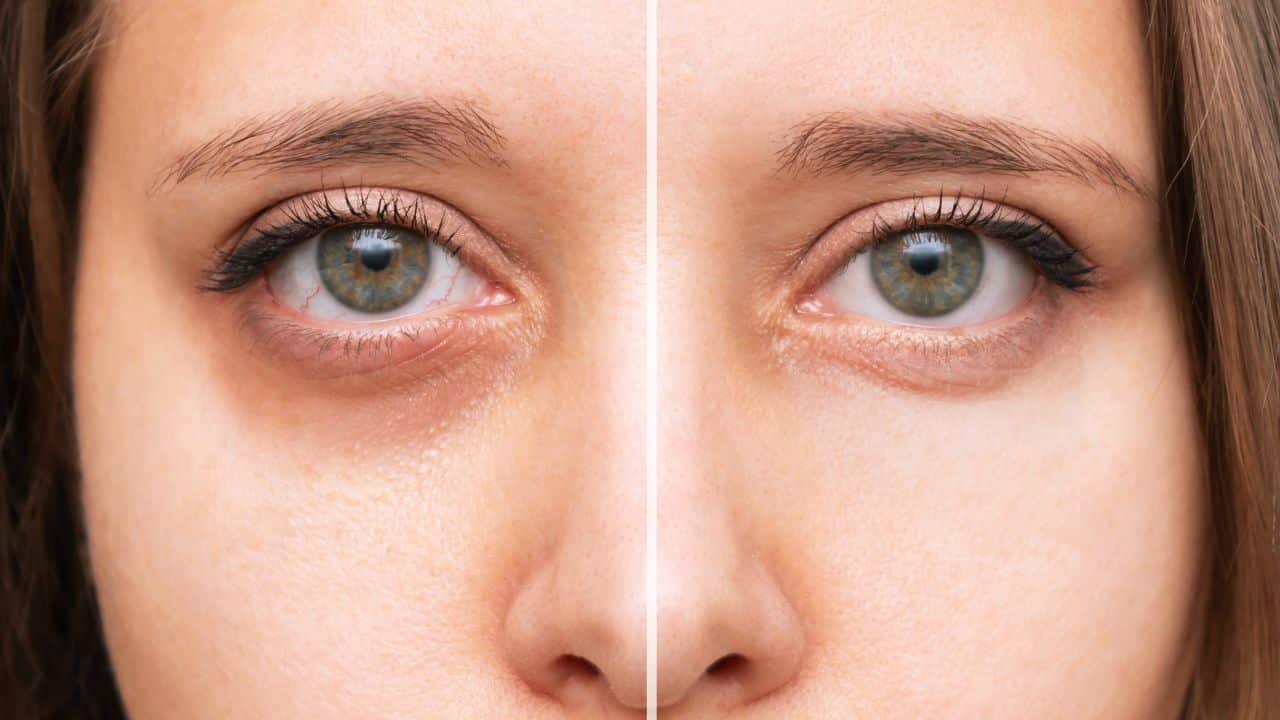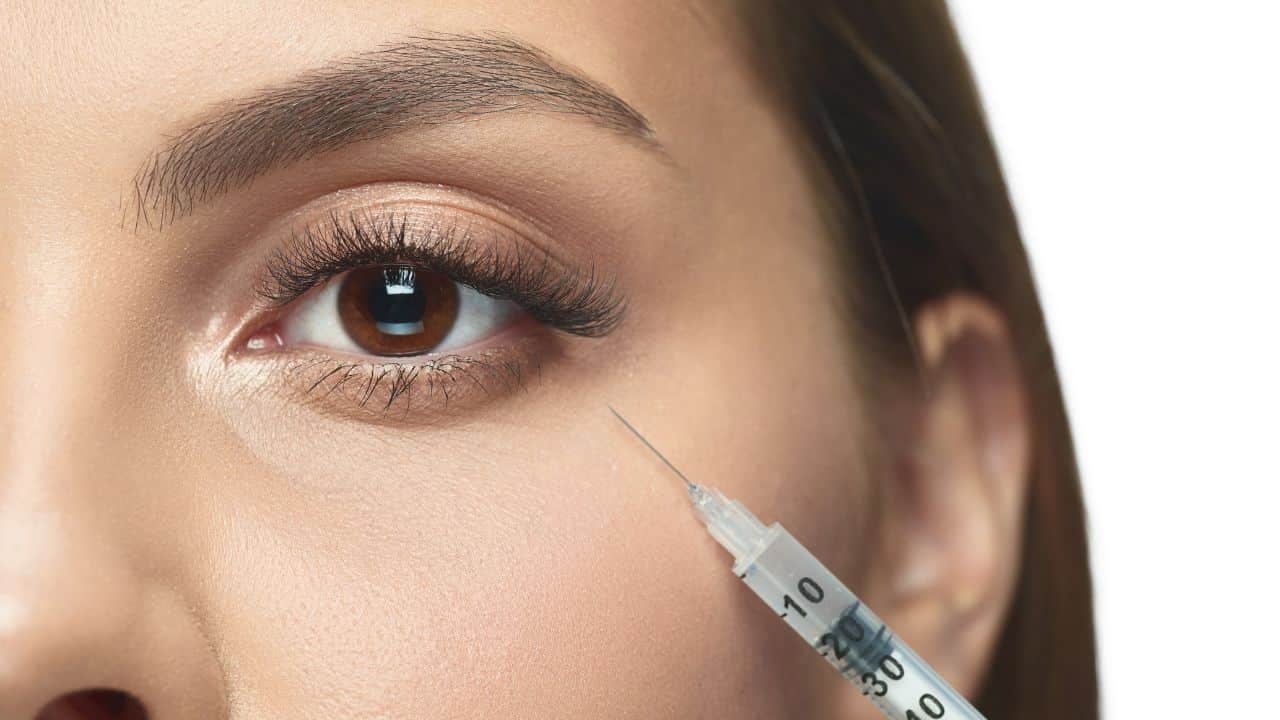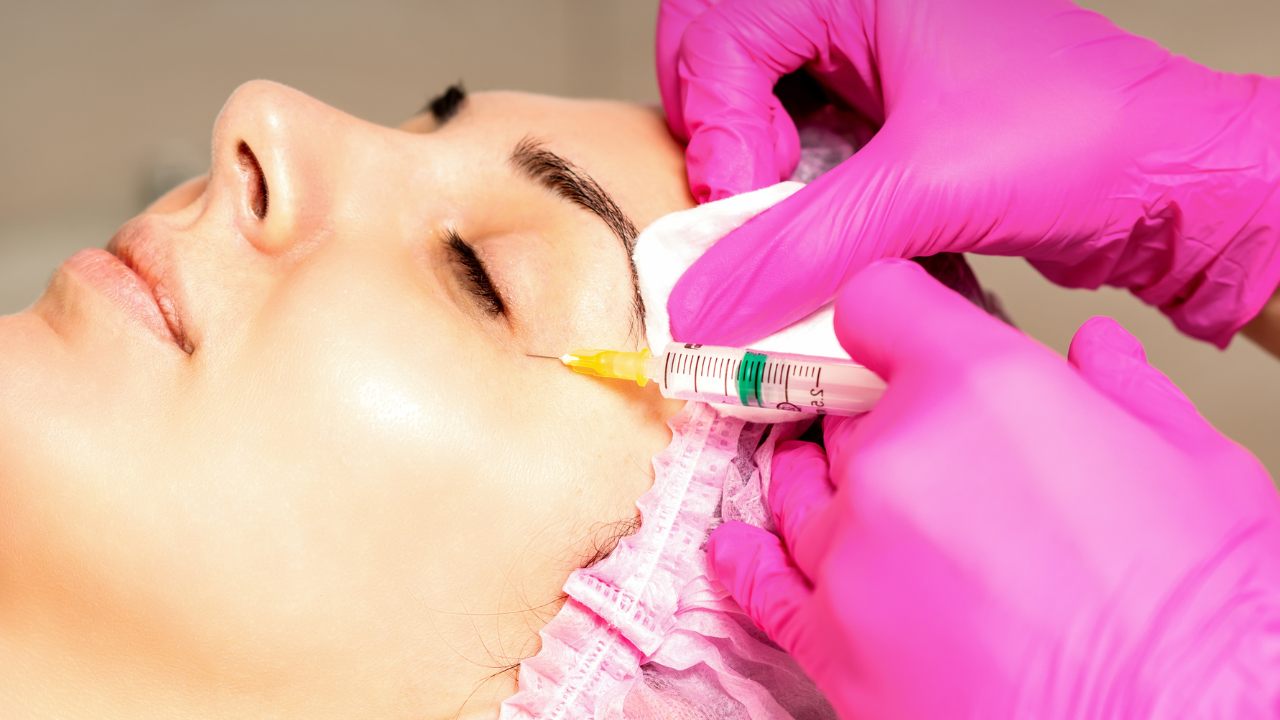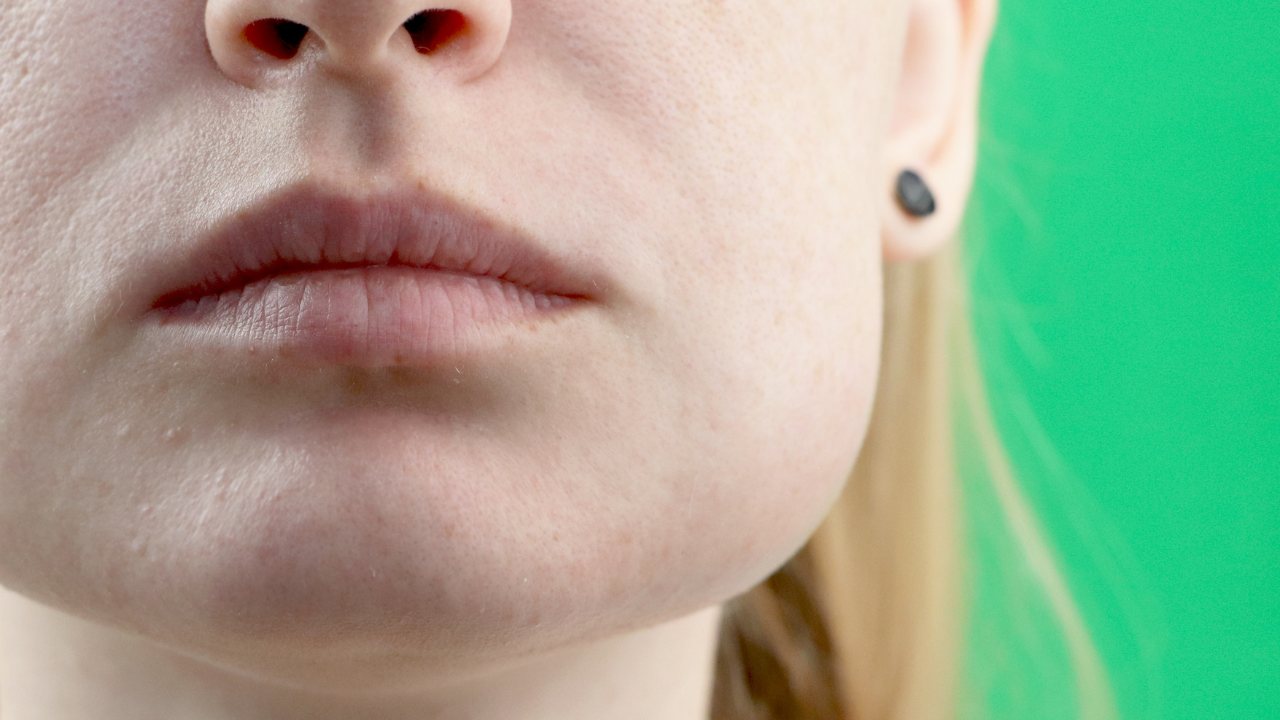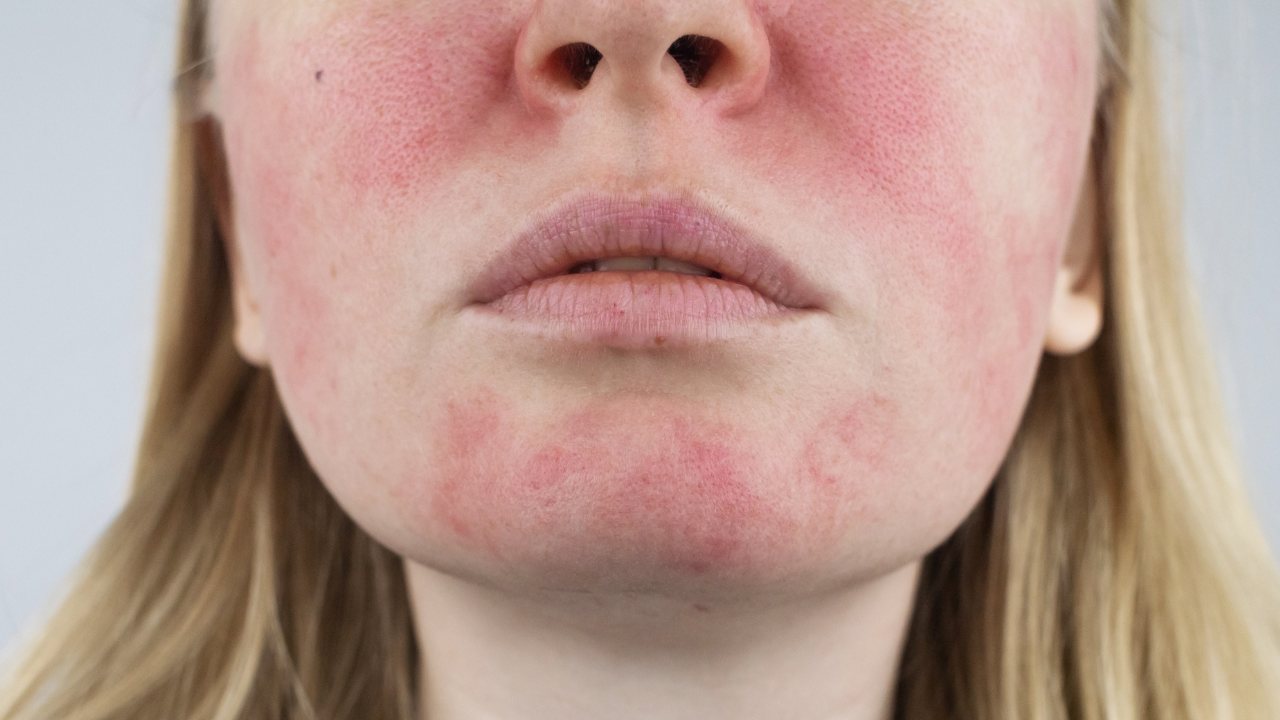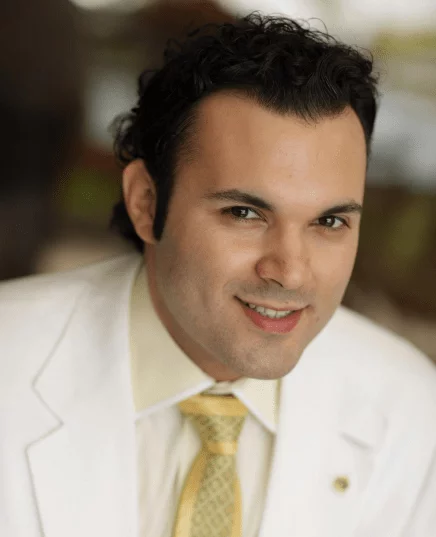If you’ve been exploring options for rejuvenating the delicate skin under your eyes, you might have encountered PRP (Platelet-Rich Plasma) therapy.
This treatment, which uses platelets from your blood to stimulate healing and regeneration, has gained popularity for its natural approach and promising results.
However, a common question remains: How long do the effects last? Let’s dive into what scientific studies and real patients have to say about the longevity of PRP under the eyes.
How Long do PRP Results Last?
The longevity of PRP (Platelet-Rich Plasma) results under the eyes can vary widely, and it’s a topic that blends science with personal experience. Generally, patients can expect to see improvements lasting from six months to a year.
However, individual results depend on several factors, including the patient’s skin condition, age, lifestyle, and the number of treatments received.
Scientific Insights
Scientifically, PRP works by harnessing the growth factors in your blood to stimulate collagen production and tissue regeneration.
Studies suggest that the peak effects are usually seen around three to six months after treatment as the skin improves and rejuvenates.
However, the rate of collagen degradation and the natural aging process means that results can diminish over time, often requiring maintenance treatments to sustain the benefits.
Patient Experiences
From a patient’s perspective, the results can feel like a mini-revolution in their skincare regimen. Many report that their under-eye area looks fresher and more rested, with a noticeable reduction in dark circles and fine lines.
While some enjoy the results for up to a year, others find that touch-up treatments every six months help maintain the youthful glow. This blend of subjective satisfaction and clinical improvement makes PRP a compelling option for those seeking a natural-looking enhancement.
In essence, while PRP under the eyes offers a promising solution for rejuvenation, its lasting impact hinges on a mix of biological factors and ongoing care. The best way to maximize results is to pair PRP treatments with a healthy lifestyle and consistent skincare routine, ensuring your under-eye area stays as vibrant as possible for as long as possible.
Who is a Good Candidate for PRP Under-eye Treatment?
PRP under-eye treatment isn’t just a one-size-fits-all solution; it works best for specific individuals. Generally, good candidates seek a natural, non-invasive method to rejuvenate their under-eye area. This includes people who:
Experience Dark Circles
Especially those caused by thinning skin and visible blood vessels.
Have Fine Lines and Wrinkles
Early signs of aging can be effectively treated with PRP.
Seek Natural Solutions
PRP is a compelling option if you prefer using your body’s resources over synthetic fillers or surgeries.
Maintain Realistic Expectations
Understanding that PRP enhances but doesn’t completely transform can lead to greater satisfaction.
Before undergoing treatment, it’s crucial to consult with a qualified practitioner who can assess your skin type and specific concerns to ensure PRP is right for you.
What Causes Dark Circles Under the Eyes?
Dark circles under the eyes are a common concern and can be caused by various factors, each affecting how well treatments like PRP might work. Here are some common causes:
- Genetics: Sometimes, dark circles are simply a family trait.
- Aging: As we age, our skin thins and loses fat and collagen, making the reddish-blue blood vessels under the eyes more noticeable.
- Lack of Sleep: Poor sleep can make the skin appear paler, increasing the visibility of blood vessels under the skin.
- Allergies: Congestion and inflammation can dilate blood vessels, causing darker shadows.
- Dehydration: Lack of hydration can make your skin look dull and your eyes sunken.
- Sun Exposure: Overexposure to the sun prompts your body to produce more melanin, the pigment that gives skin its color.
- Lifestyle Factors: Poor diet, smoking, and alcohol consumption can all contribute to dark circles.
What is the PRP Treatment Recovery Time?
One of the appealing aspects of PRP (Platelet-Rich Plasma) therapy for under-eye rejuvenation is its relatively short recovery time. Unlike more invasive procedures, PRP harnesses your body’s natural healing processes, which generally means fewer side effects and a quicker return to your daily routine.
Immediate Post-Treatment
Right after the procedure, you might experience mild swelling, redness, or bruising around the injection sites. This is normal and typically subsides within a few hours to a few days. Some people notice a bit of tenderness, but it’s usually minimal and manageable without any medication.
First Few Days
During the first few days after treatment, the area under your eyes might feel slightly puffy or sensitive. To give your skin time to heal, avoid heavy exercise, direct sunlight, and makeup application around the treated area. Gentle skincare routines and keeping the area clean will aid in a smooth recovery.
Long-Term Healing
As the PRP stimulates collagen production and skin regeneration, you’ll see gradual improvements over the next few weeks. The full benefits often become noticeable around the 3-6 month mark as your skin improves in texture, tone, and elasticity.
What is the Comprehensive Process of the Treatment?
PRP (Platelet-Rich Plasma) therapy for under-eye rejuvenation is a multi-step process that harnesses your body’s natural healing properties. Understanding the procedure can help you feel more prepared and confident about what to expect.
Initial Consultation
The journey begins with an initial consultation with a qualified practitioner. During this visit, your doctor will assess your skin concerns, review your medical history, and determine if PRP is the proper treatment. They’ll explain the procedure, address questions, and set realistic expectations.
Blood Draw
On the day of the treatment, the first step involves drawing a small amount of blood, typically from your arm. This is a quick and straightforward process, similar to a routine blood test.
PRP Preparation
The drawn blood is then placed into a centrifuge, a machine that spins at high speeds to separate the components of your blood. This process concentrates the platelets, rich in growth factors, into a small plasma volume. This concentrated plasma will be used for your treatment.
Application of Numbing Cream
A numbing cream is applied to the area under your eyes to ensure your comfort during the injections. This cream typically takes 15-30 minutes, ensuring the treatment is as painless as possible.
PRP Injection
Once the area is numb, the practitioner carefully injects the PRP into the skin under your eyes. The precision of these injections is crucial, as they target specific areas that will benefit most from the PRP’s rejuvenating properties. The entire injection process usually takes about 15-20 minutes.
Post-Treatment Care
After the injections, you might experience some mild swelling or redness, but these effects are generally short-lived. Your practitioner will provide aftercare instructions to ensure optimal results and minimize discomfort. This often includes avoiding sun exposure, strenuous exercise, and certain skincare products for a few days.
Follow-Up
A follow-up appointment is often scheduled to assess the initial results and determine if additional treatments are necessary. While many patients notice improvements after just one session, a series of treatments spaced a few weeks apart is typically recommended for the best results.
Gradual Improvement
Over the next few weeks to months, you’ll see the full benefits of the treatment. The PRP stimulates collagen production and enhances skin regeneration, gradually improving the texture, tone, and overall appearance of the under-eye area.
How to Prepare for the Treatment
Consultation
Schedule an Appointment: First, book a consultation with a qualified practitioner to discuss your goals and medical history.
Ask Questions: Use this time to ask questions about the procedure, recovery, and expected results.
Pre-Treatment Guidelines
Avoid Blood Thinners: About a week before your treatment, avoid blood-thinning medications and supplements like aspirin, ibuprofen, and fish oil unless otherwise directed by your doctor. These can increase bruising.
Limit Alcohol and Smoking: Reduce alcohol consumption and avoid smoking for at least 48 hours before your appointment, as these can affect blood flow and healing.
Stay Hydrated: Drink plenty of water in the days before your treatment to keep your skin well-hydrated.
Healthy Diet: Eat a balanced diet rich in vitamins and nutrients to support your body’s natural healing processes.
Day of the Treatment
Clean Face: Arrive with a clean face, free of makeup, lotions, or skincare products.
Comfortable Clothing: Wear comfortable clothing and something that allows easy access to your arms for the blood draw.
Relax: Try to stay relaxed and calm. The procedure is straightforward and relatively quick.
Mental Preparation
Set Realistic Expectations: While PRP can yield impressive results, it’s not an instant fix. Gradual improvement is part of the process.
Plan for Downtime: While the recovery is minimal, planning a day or two of light activities can help you feel more comfortable post-treatment.
What Results can be Expected with a PRP Under-eye Treatment?
When considering PRP (Platelet-Rich Plasma) treatment for the under-eye area, it’s natural to wonder what results you can expect. The treatment promises several rejuvenating effects, though individual experiences may vary.
Immediate Effects
Immediately after the procedure, you might notice some mild swelling or redness. These effects are temporary and typically subside within a few hours to a few days. Some patients immediately report a slight plumping effect, usually due to the initial injection, and subsides.
Short-Term Results
Within a few weeks, you’ll see the initial benefits of PRP treatment. The area under your eyes may appear more hydrated and smoother, with a noticeable reduction in puffiness and fine lines. Dark circles often begin to lighten as the skin’s health improves.
Long-Term Benefits
The true magic of PRP unfolds over the following months. As your body continues to produce collagen and new cells, you’ll see a gradual and natural improvement in the under-eye area.
Most patients observe significant enhancements in skin texture, tone, and elasticity. The full benefits typically become apparent around three to six months post-treatment, with many patients enjoying results that last up to a year.
Maintenance
To maintain these results, follow-up treatments may be recommended every six to twelve months. This helps sustain collagen production and keep the under-eye area fresh and youthful.
What are the Benefits of PRP for Treating the Under-eye Area?
PRP therapy offers a range of benefits, making it an attractive option for those looking to rejuvenate the under-eye area naturally.
Natural Rejuvenation
One of the most significant advantages of PRP is that it uses your body’s resources. This minimizes the risk of allergic reactions or adverse side effects, providing a natural path to skin rejuvenation.
Improved Skin Texture and Tone
PRP stimulates collagen production, which can significantly improve the texture and tone of the skin. Patients often notice that their under-eye area looks smoother and more even, reducing the appearance of fine lines and wrinkles.
Reduction in Dark Circles
The growth factors in PRP help to improve blood flow and skin health, which can lighten dark circles. Over time, the enhanced cellular turnover and collagen production lead to a brighter and more rested appearance.
Minimally Invasive
Unlike surgical options, PRP is minimally invasive, involving only small injections. This means less downtime, minimal discomfort, and a quicker recovery process.
Long-Lasting Results
While the results are not permanent, they are long-lasting compared to other non-surgical treatments. With proper maintenance, the benefits of PRP can be extended, providing continuous improvement and rejuvenation.
Customizable
PRP treatments can be tailored to individual needs. Whether you have concerns like deep wrinkles or general issues like tired-looking eyes, the treatment can be adjusted to target your unique concerns.
Is there any Downtime or Side Effects Associated with PRP Under-eye Treatments?
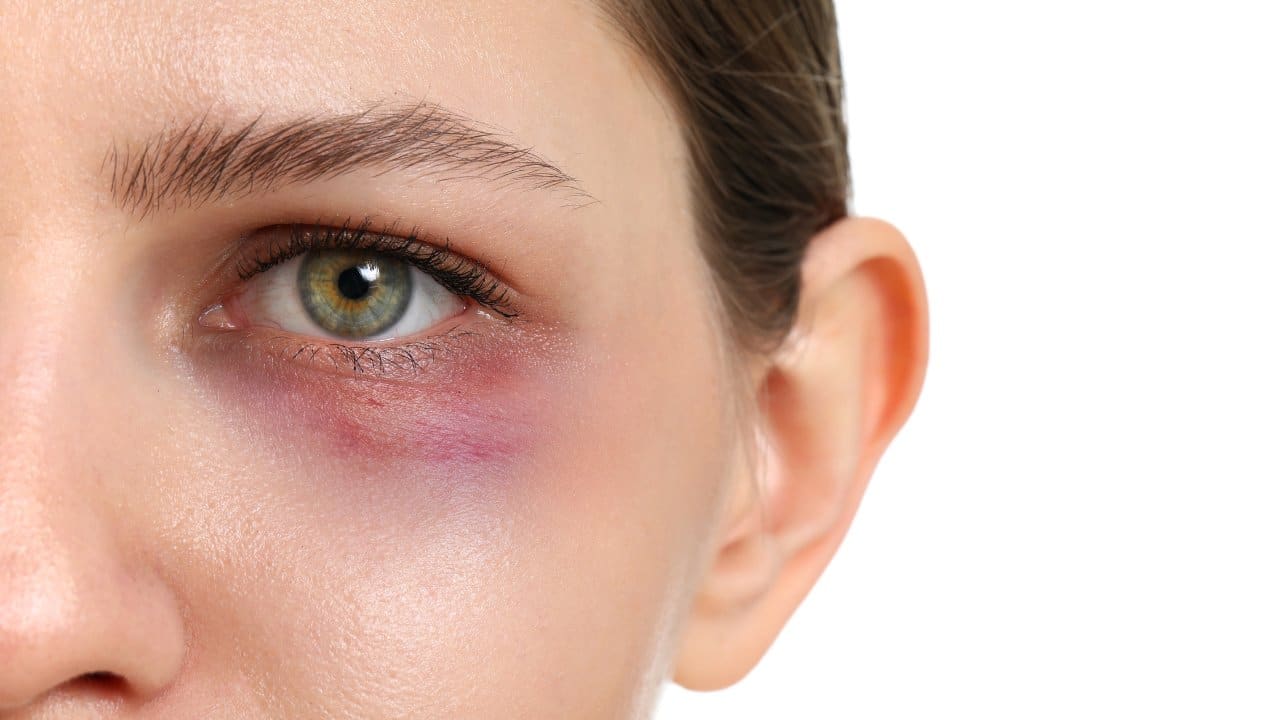
One of the appealing aspects of PRP (Platelet-Rich Plasma) therapy for under-eye rejuvenation is its minimal downtime and low risk of side effects. However, like any cosmetic treatment, it’s essential to understand what to expect to ensure a smooth and worry-free experience.
Downtime
PRP treatments are generally considered to have minimal downtime. Most patients can resume their normal activities almost immediately after the procedure. However, there are a few things to keep in mind:
Mild Swelling and Redness: Right after the treatment, you might notice some mild swelling and redness around the injection sites. This is a normal reaction that typically subsides within a few hours to a few days.
Bruising: Although less common, some patients may experience slight bruising in the treated area. This usually fades within a week and can be concealed with makeup.
Avoid Certain Activities: For the first 24-48 hours, it’s advisable to avoid strenuous exercise, direct sun exposure, and using makeup on the treated area to allow your skin to heal correctly.
Side Effects
PRP therapy is generally well-tolerated, but as with any procedure involving injections, there are potential side effects:
Temporary Discomfort: Some patients report feeling some discomfort or a slight stinging sensation during the injections, but this is usually brief.
Infection: Although rare, there is a small risk of infection at the injection sites. Choosing a qualified and experienced practitioner significantly minimizes this risk.
Allergic Reactions: Because PRP uses your blood, the risk of allergic reactions is extremely low, making it a safe option for many people.
Is PRP Painful?
A common concern about PRP therapy is the level of pain involved. The good news is that most patients report only mild discomfort during the procedure.
What to Expect During the Procedure
Numbing Cream: A numbing cream is applied to the under-eye area to minimize discomfort before the injections. This typically takes 15-30 minutes to take full effect.
Blood Draw: The blood draw is usually the least painful part of the process, similar to a routine blood test.
Injections: When you receive the actual PRP injections, you might feel a slight pinch or pressure. Thanks to the numbing cream, the discomfort is generally minimal. Patients often describe the sensation as a minor inconvenience rather than pain.
Post-Treatment Sensations
After the procedure, the treated area might feel tender or slightly swollen, but these sensations are typically short-lived. Over-the-counter pain relief is rarely needed, and most patients feel comfortable returning to their daily activities almost immediately.
PRP vs. Under-Eye Fillers: Why Choose PRP?
When rejuvenating the under-eye area, PRP (Platelet-Rich Plasma) therapy and under-eye fillers offer distinct advantages. However, PRP stands out for several reasons.
Unlike fillers, which use synthetic materials to plump the skin, PRP uses your body’s platelets to stimulate natural healing and collagen production. This reduces the risk of allergic reactions and promotes long-term skin health. PRP results in a more gradual, natural-looking improvement without fillers’ immediate, sometimes artificial, plumping effect.
Additionally, PRP addresses skin texture and tone by rejuvenating the underlying structures, leading to more holistic and sustainable results. PRP is an excellent choice for those seeking a natural approach with the added benefits of improved skin quality and minimal risk.
Conclusion
Ready to experience the rejuvenating power of PRP? Visit PRP Treatment Beverly Hills to learn more about our personalized treatment plans and schedule your consultation today. Discover a natural approach to achieving a fresher, more youthful look under the expert care of our dedicated medical team. Your journey to revitalized, radiant skin starts here!








